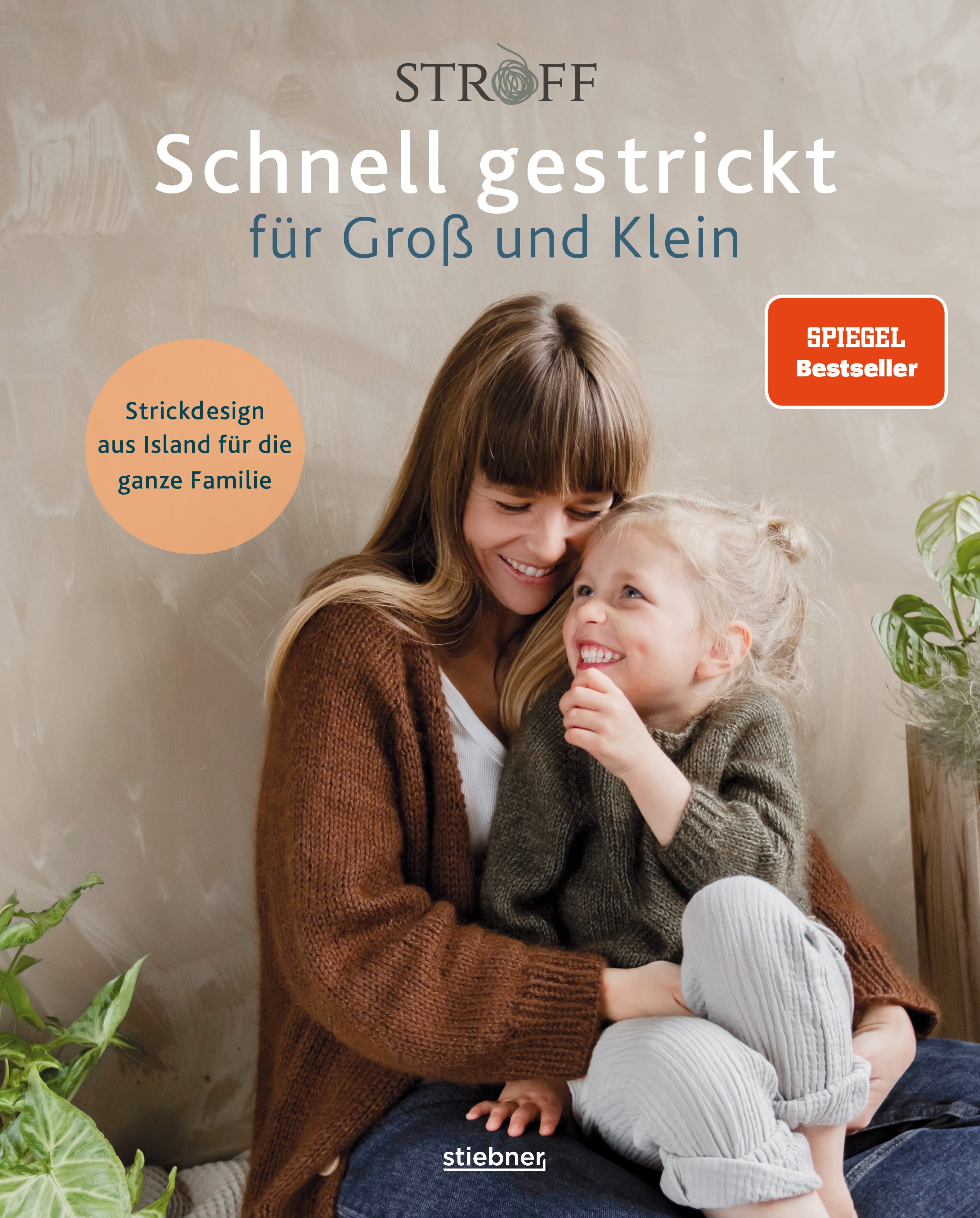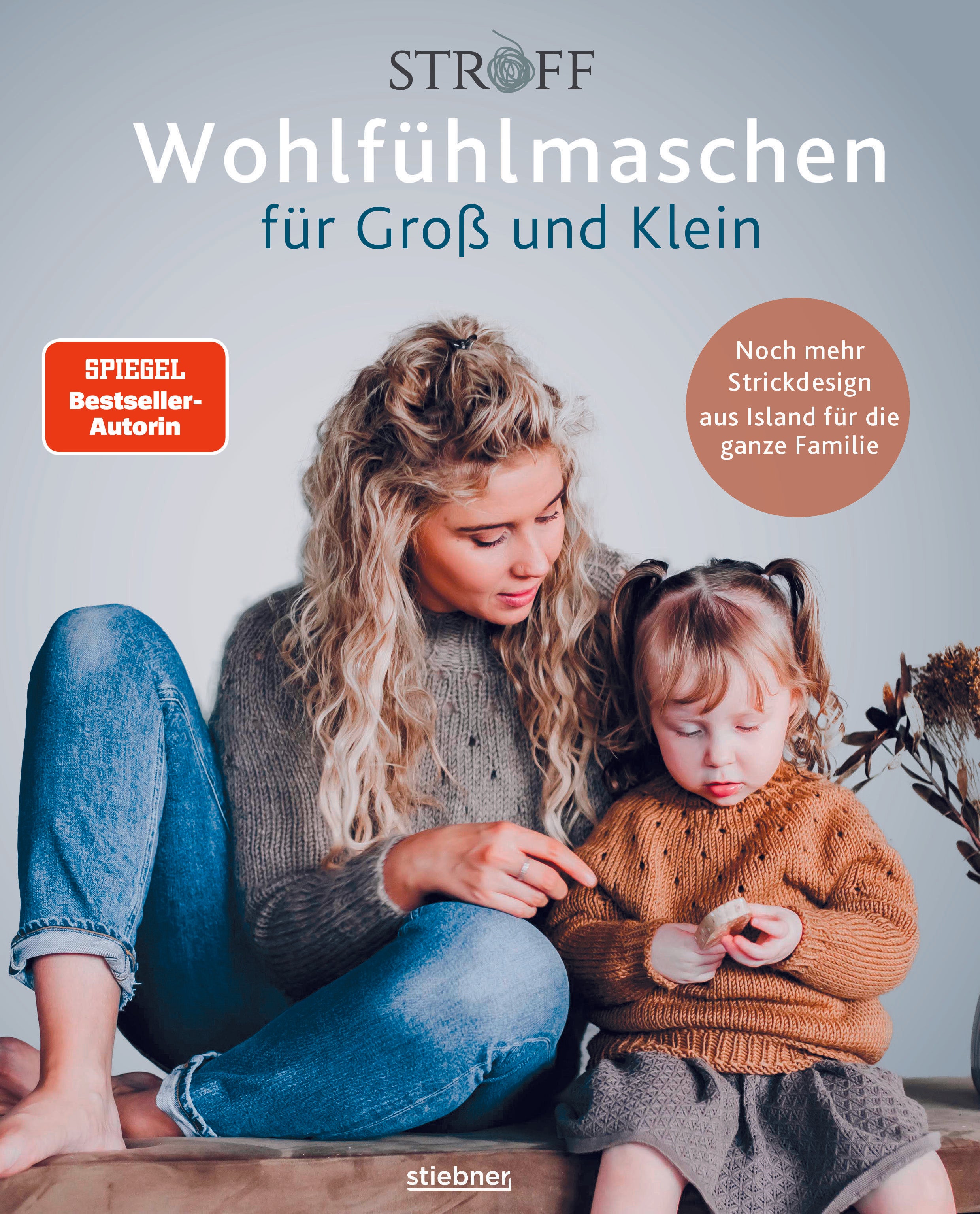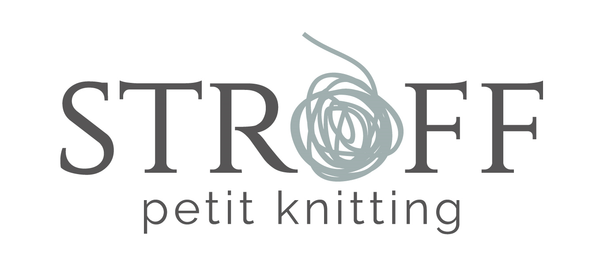Short rows
Many of our patterns contain short rows that shape the knitted piece. As the name suggests, short rows only knit over part of the round or row. We use shortened rows, especially on the shoulders of pullovers to raise the neckline slightly, or on baby trousers to create more space for a diaper.
With short rows we knit part of the row/round, then turn the work and knit back the wrong side row. If we simply turn the work and continue knitting normally, there will be holes at this point. To avoid these holes, we use special turning stitches. There are many different ways to do this. We always knit our shortened rows with the so-called double stitch , also known as "German Short Rows" . This is how it works:
1st row (right side): Knit to the first marked turning point. When you have reached the point, you push the last knitted stitch with the thread behind the work back onto the left needle. Then turn the work and pull the working thread over the needle from front to back. As a result, the slipped stitch is pulled out, both stitch legs lie on the needle like two single stitches and the thread lies behind the work. Pull the thread tight.
2nd row (back row): Knits the back row to the next turning point. Here, too, you push the last knitted stitch with the thread behind the work back onto the left needle, turn the work and pull the thread from front to back over the needle so that a double stitch is created here as well. Pull the thread tight.
Repeat these steps as many times as indicated. If you knit beyond a turning point, the double stitch will be knitted off as one stitch - so you don't knit both stitch legs that are on the needle like two single stitches, but knit both together as one stitch.
In our instructions we also use an alternative description of this technique - here you first turn your work and only then slip the stitch. The technique and the result are the same. I myself prefer to use the first variant (see also the video above), in which I pull the thread over the needle while turning the work, it's smoother and faster.
1st row (right side): Knit according to the instructions up to the first turning point. Turn the work.
2nd row (wrong row): Lifts the last knitted stitch onto the right needle as if to purl. Now pull the thread from front to back over the needle so that the slipped stitch is pulled over the needle and both stitch legs lie on the needle like two stitches. Pull the thread tight so that this point does not become too loose and knit the wrong side row back to the next turning point. Turn the work.
3rd row (right side): Lift the last knitted stitch as if to purl, with the yarn in front of the needle, onto the right needle. Pull the thread back over the needle from front to back so that the stitch is stretched out like two stitches on the needle. Pull the thread tight again and knit the right side row to the next turning point. Turn the work.
Repeat rows 2 and 3 until you have knit the required number of short stitches. This made the place where you knit the shortened stitches higher than the rest of your work. When you have finished the shortened stitches, you knit over all stitches of the row/round again.
If you knit over the double stitches that have formed at the turning points in the next rows/rounds, these stitches must be knitted together as one stitch: If you do not knit each leg as a single stitch, then you would stitches at this point increase - you knit both loops together as one stitch, as if you were knitting two stitches together. This means that there are no holes at the turning points.
-

Schnell gestrickt für Groß und Klein
Learn moreOur first big success on the German book market: Our first volume with our most popular instructions - which immediately became a Spiegel bestseller!
-

Wohlfühlmaschen für Groß und Klein
Learn moreThe follow-up volume with over 30 models for babies, children and adults - jackets, sweaters, accessories in all sizes.
This book was published in September 2023.
-

Leicht gestrickt für Groß und Klein
Mehr erfahrenUnser dritter Band, mit 37 Modellen für die ganze Familie. Einzelstücke und Sets, mit besonderem Fokus auf Lochmuster, luftige Maschen und flauschige Garne.
Dieser Band wird im September 2024 erscheinen.



